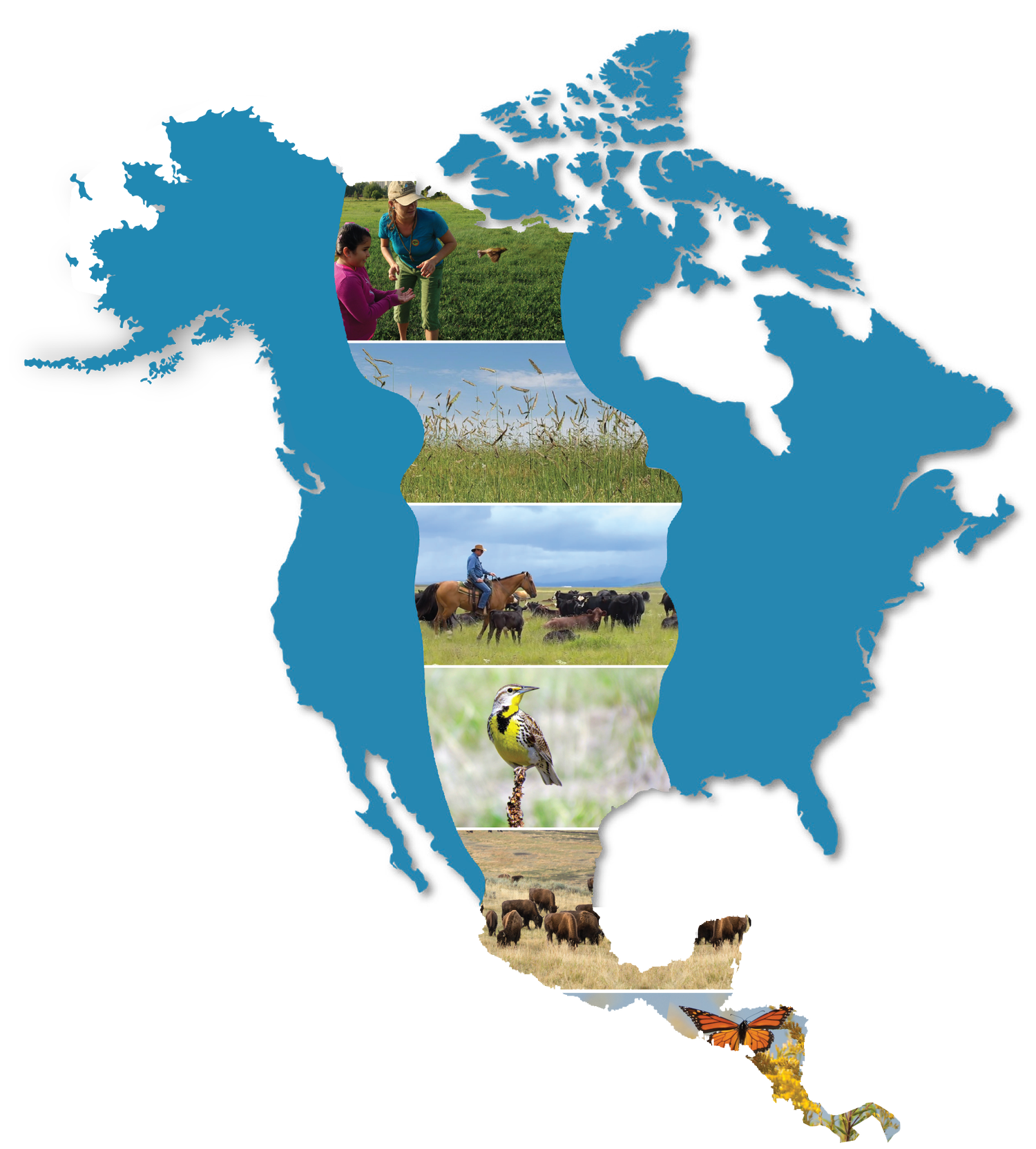The Plowprint Report: 2018
World Wildlife Fund
https://www.worldwildlife.org/publications/2018-plowprint-report
"Plow-up decreases overall, while South Dakota’s grasslands are converted at an accelerating rate” reads the WWF’s 2018 Plowprint Report. The annual publication is a concise summary examining the general state of US grasslands and grassland conservation from the year prior: in this case, 2017 grassland data and information were used to synthesize the report.
As the WWF states on its Plowprint Report homepage, grassland ecosystems are the “least protected biomes on the planet.” In response, the WWF’s publication is a mix of regional and overall northern grassland plains trends, as well as a crop breakdown of US grasslands and a case for the 2018 Farm Bill.
Every five years, Congress passes a revised version of the Farm Bill, otherwise known as the Agriculture Improvement Act. The legislation primarily authorizes and funds programs under the US Department of Agriculture and other government agencies. 2018’s Farm Bill was generally declared a success for farmers and conservationists alike, continuing to authorize and provide funding for a range of programs. Some of the most important programs continued are the Conservation Stewardship Program (CSP), Conservation Reserve Program (CRP), and the Environmental Quality Incentives Program (EQIP).
Read a WWF update on 2017’s results here: https://c402277.ssl.cf1.rackcdn.com/publications/1300/files/original/Plowprint_Report_2019.pdf?1581520920
